VHO - On the occasion of International Museum Day and Vietnam Science and Technology Day (May 18, 2025), the 135th birthday of President Ho Chi Minh (May 19, 1890 - May 19, 2025), the National Museum of History in collaboration with the Asian Civilization Research Institute and CMYK Vietnam Co., Ltd. organized the thematic exhibition "Zen Dance - Buddhist Art of the Ly Dynasty: Heritage and Technology". The exhibition opened on the morning of May 16 in Hanoi.
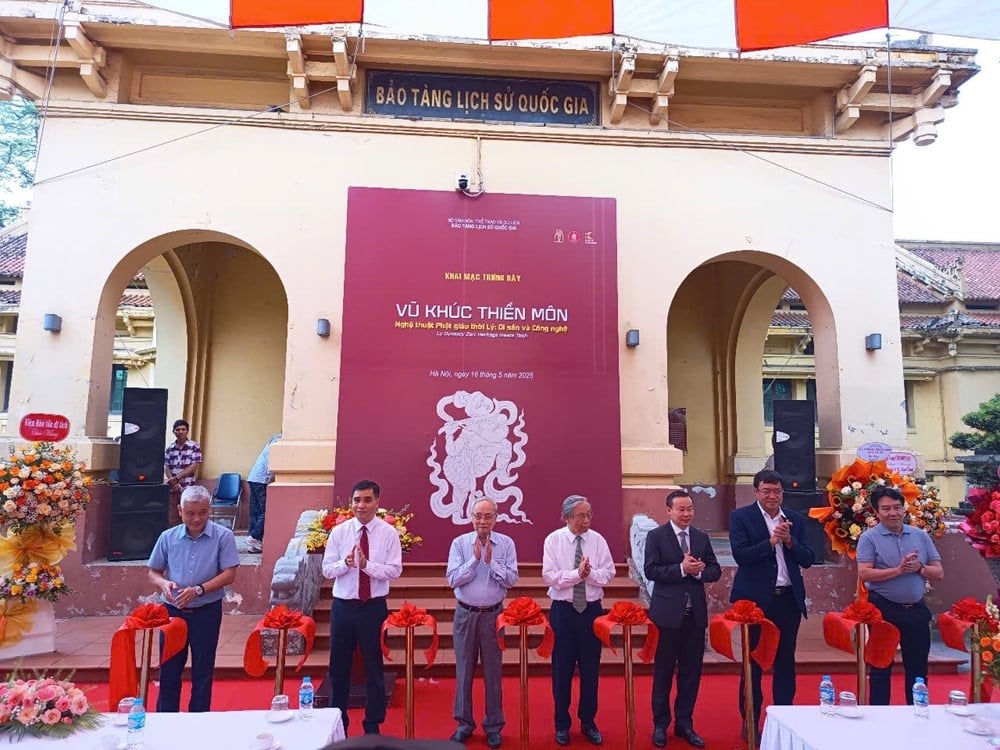
Speaking at the opening of the exhibition, Dr. Nguyen Van Doan, Director of the National Museum of History, said that in its nearly 2,000-year history of development since its introduction, Vietnamese Buddhism has had a lasting and profound influence on all aspects of social life.
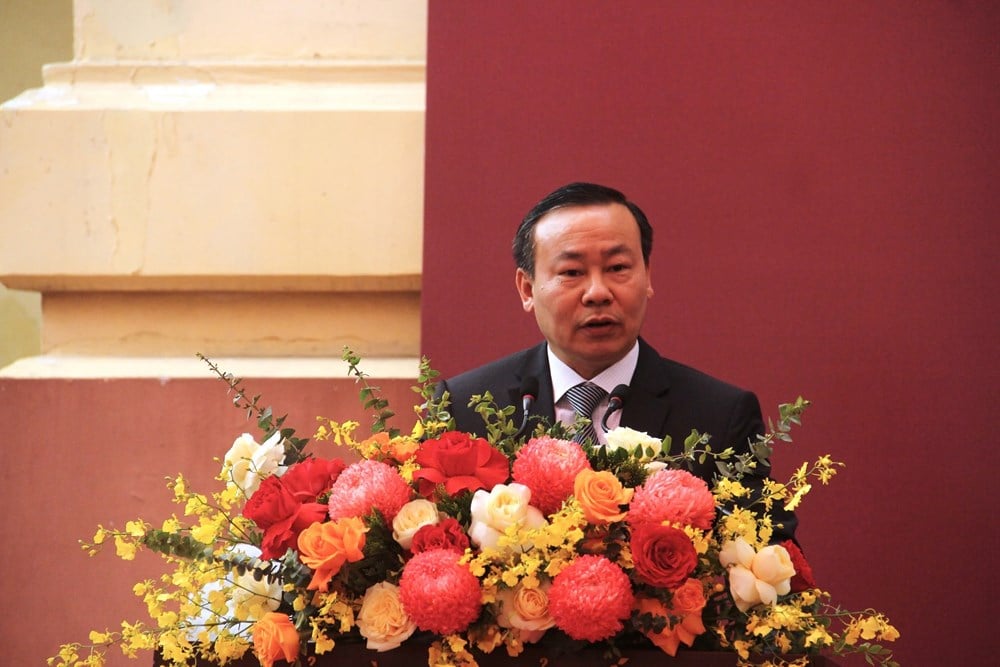
During the Ly Dynasty (1009 - 1225), Dai Viet was a developed and prosperous country in the region. Buddhism became the official ideology, strongly influencing history, culture and art.
On that journey, Vietnamese Buddhism has left behind many unique cultural heritages including the system of space, pagoda and tower architecture, sculptures, statues, pottery, literature, music and many Buddhist rituals, making worthy contributions to the rich and unique art treasure of the nation.
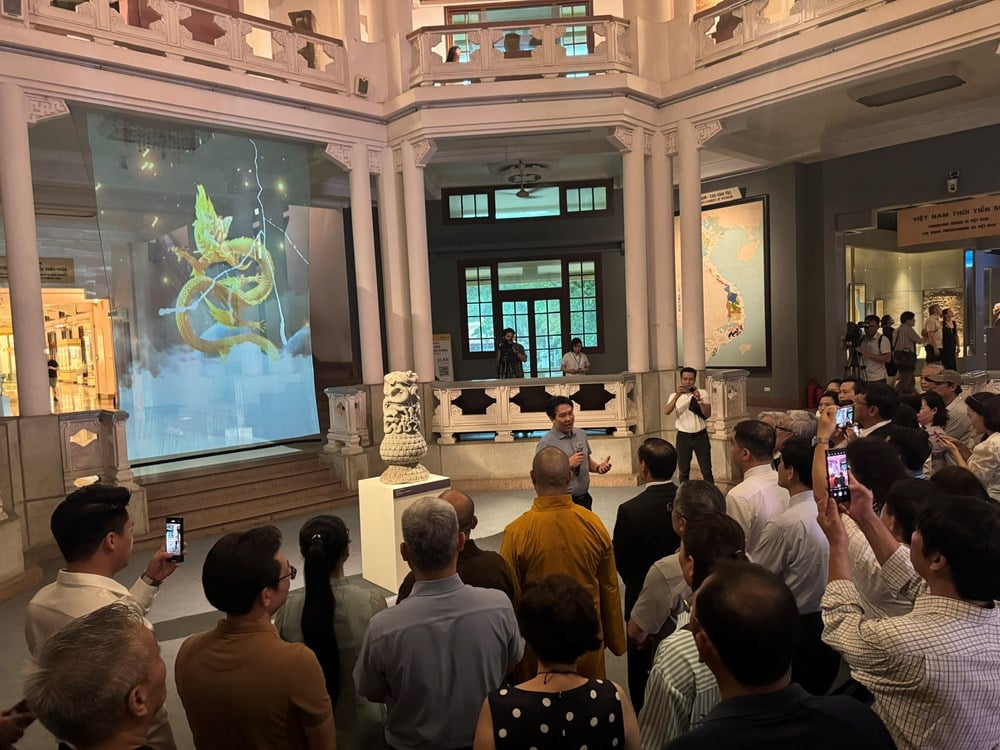
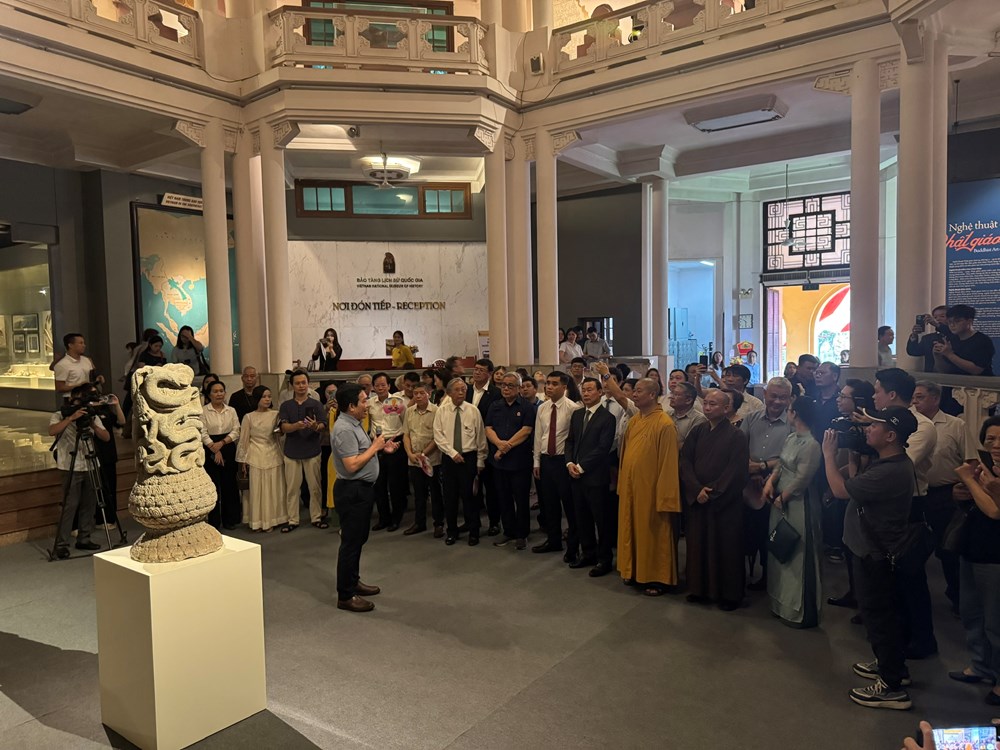
“With typical artifacts, selected from the Ly Dynasty Buddhist heritage currently preserved at the National History Museum, containing the most unique values of Ly Dynasty Buddhist art, with interpretations and presentations using 3D mapping, hologram, digital revival techniques...
Through the use of digital technology, the exhibition aims to contribute to the restoration, regeneration and revival of extremely valuable cultural heritages, hoping to bring visitors new, deeper and more attractive experiences," Dr. Nguyen Van Doan shared.
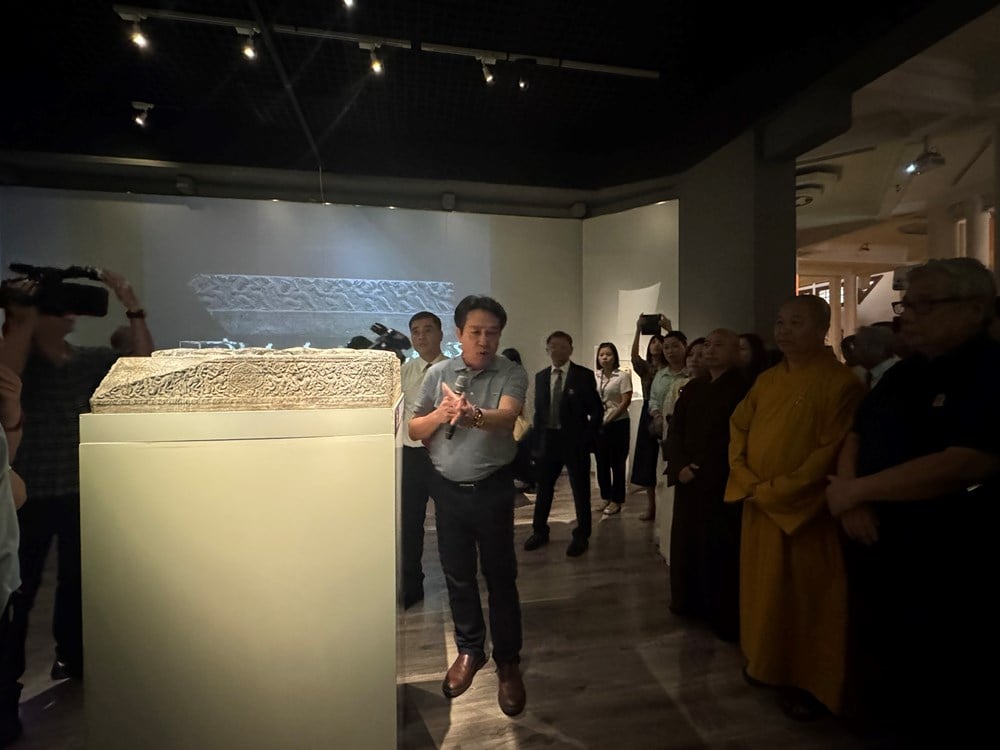

Buddhist art of the Ly Dynasty (11th - 13th century) is the pinnacle of Dai Viet fine arts, a unique combination of Zen spirit and indigenous culture, royal and folk art creating a unique style.
During the Ly Dynasty (1009 - 1225), Buddhism flourished and was highly valued and developed by the royal court. The art of pagoda and tower architecture was typical with the construction of "national temples" such as One Pillar Pagoda, Bao Thien Tower, Dam Pagoda, Phat Tich Pagoda, Long Doi Pagoda...
The architecture of pagodas and towers during the Ly Dynasty was not only a religious work but also an artistic work expressing Buddhist philosophy and advanced techniques, imbued with Vietnamese identity and at the same time expressing the absorption of foreign cultural elements.
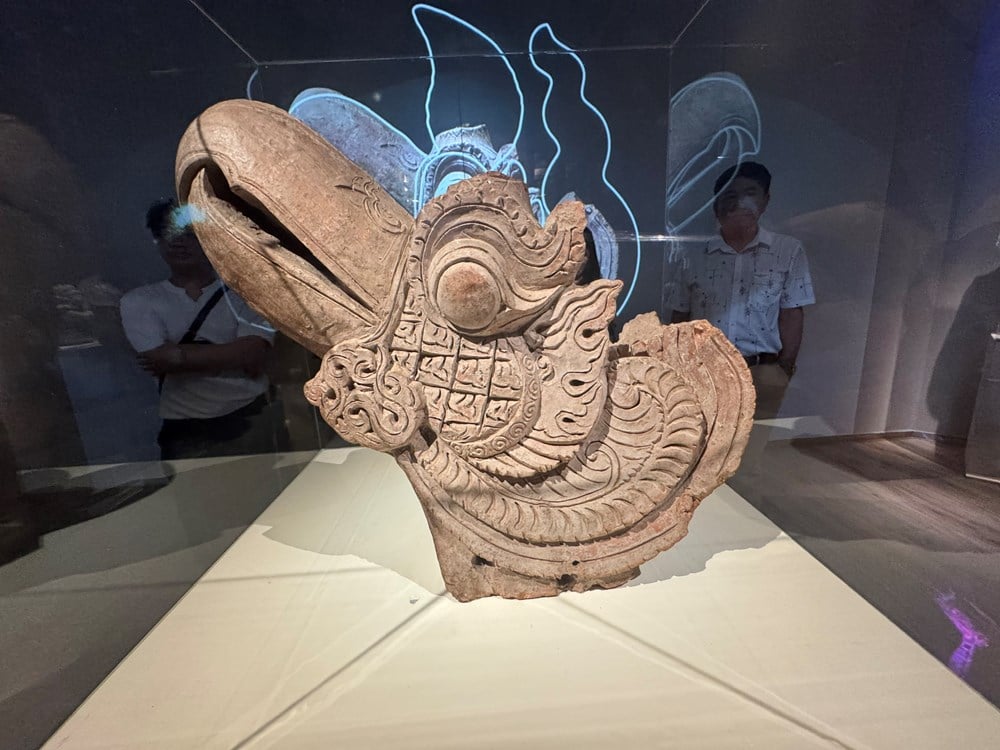
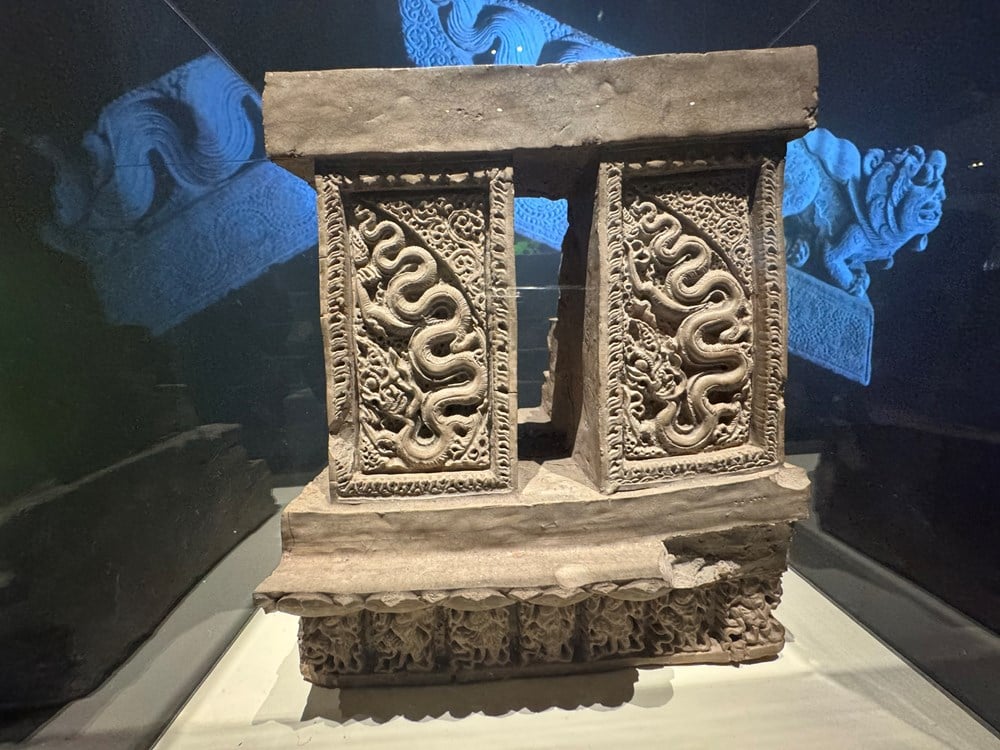
Buddhist sculpture art during the Ly Dynasty reached its peak with the harmonious combination of Zen Buddhism, royal art and folk culture, creating a style that was graceful yet majestic, sacred yet intimate.
Ly Dynasty sculptures with techniques of making round statues, reliefs, embossments, and filigree carvings are soft, graceful, balanced, harmonious, highly stylized but still retain natural features.
Ceramics in Buddhist art of the Ly Dynasty with ivory white glaze, brown glaze, brown flower, and jade glaze. The main decorative techniques are intaglio engraving, unique enameling, printing, embossing... with typical patterns related to Buddhism: lotus, chrysanthemum, phoenix, dragon, dancer...
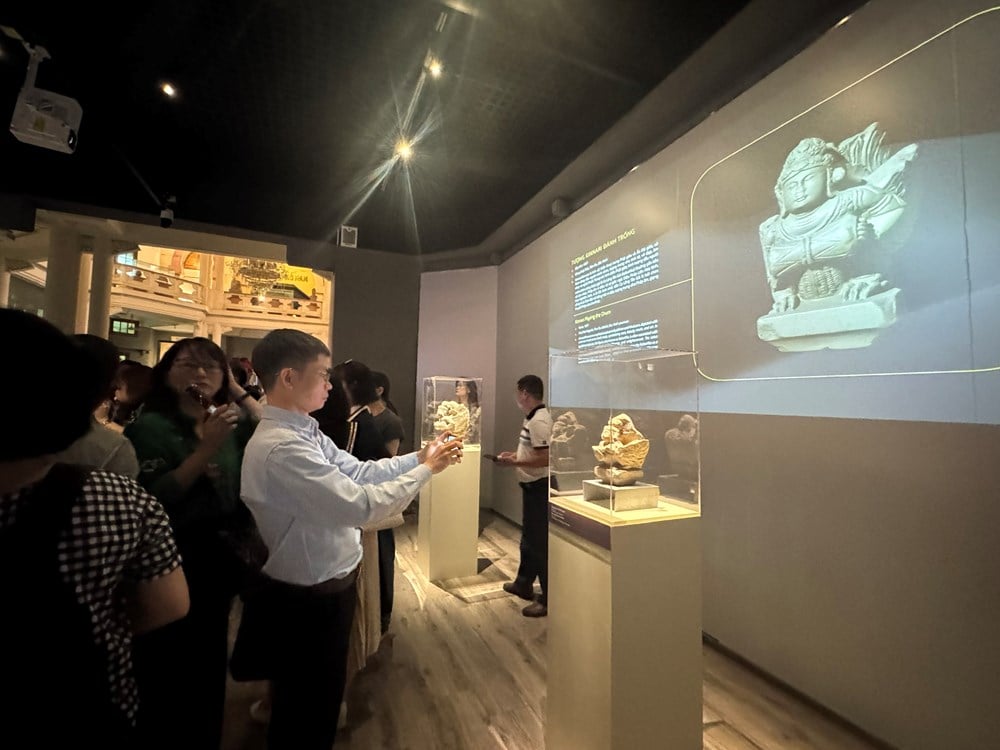
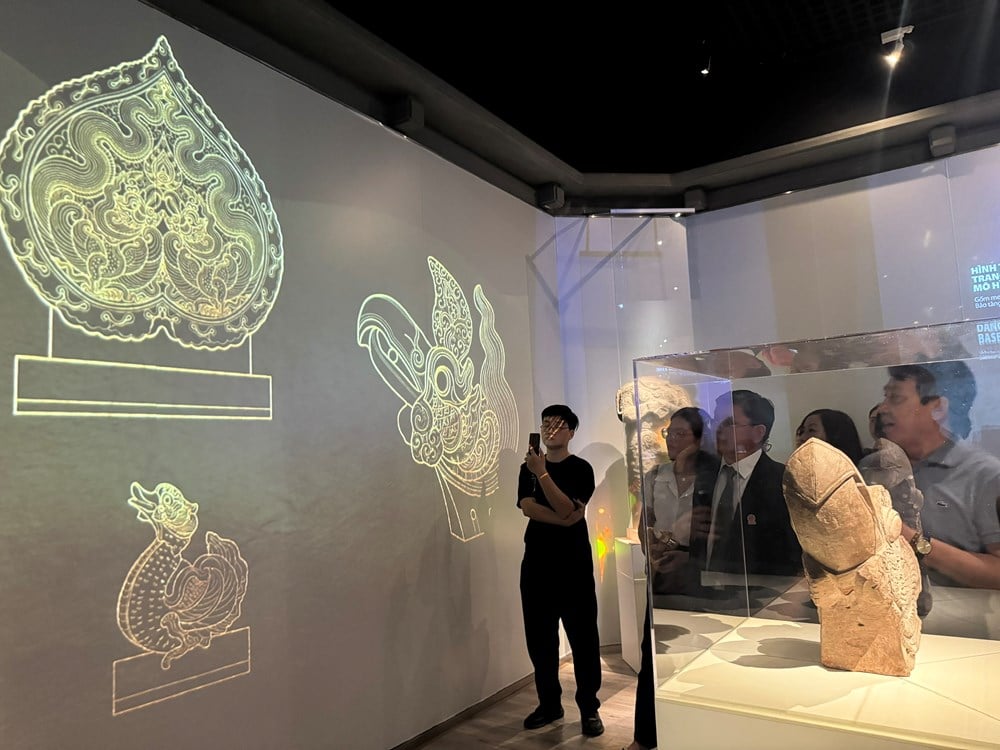
In particular, the Buddhist music and dance art of the Ly Dynasty is a unique combination of religious rituals, folk traditions and royal art, creating a unique musical and dance heritage imbued with national identity.
During the Ly Dynasty, Buddhism was the national religion, music and dance became the means to propagate the doctrine and practice rituals; musical instruments and melodies were influenced by great cultures such as India and China but were deeply Vietnamized. Buddhist rituals were solemnly held with solemn music under the patronage of the royal court.
14 typical artifacts selected from the Ly Dynasty Buddhist heritage currently preserved at the National History Museum, contain the most unique values of Ly Dynasty Buddhist art, with interpretations and projections using 3D mapping, hologram, digital revival, gauze projection techniques...
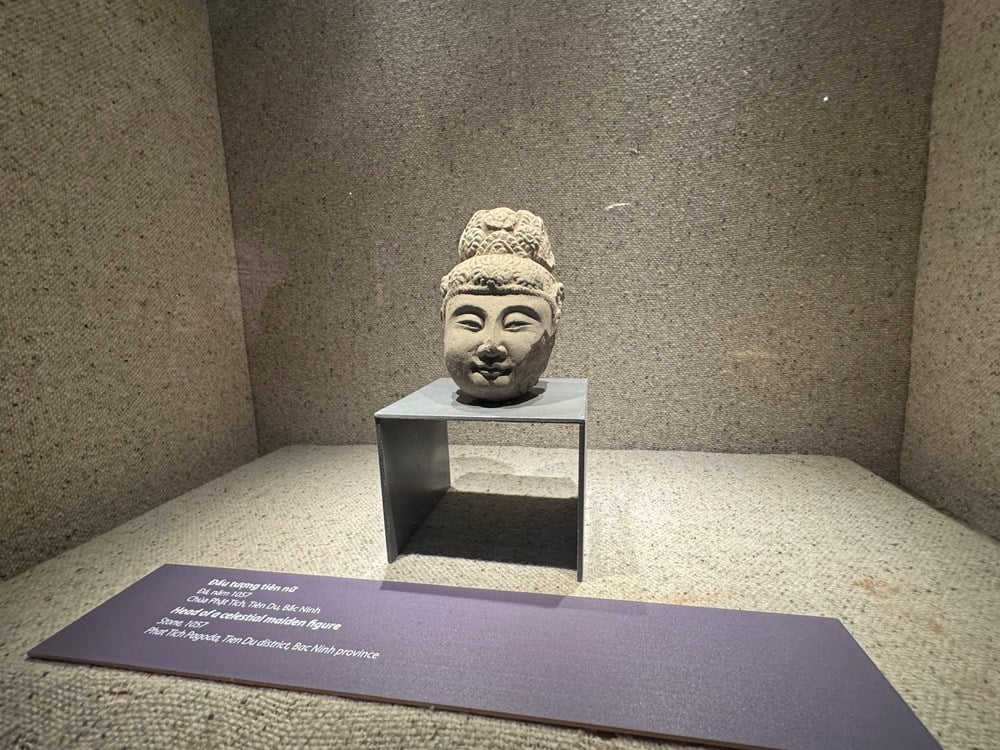
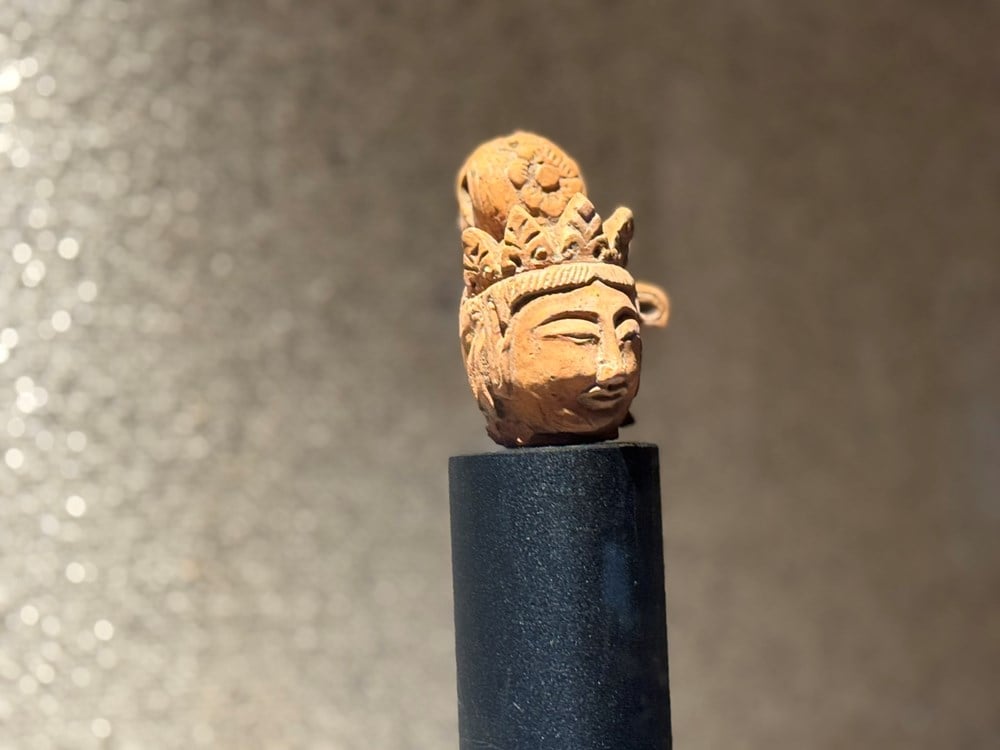
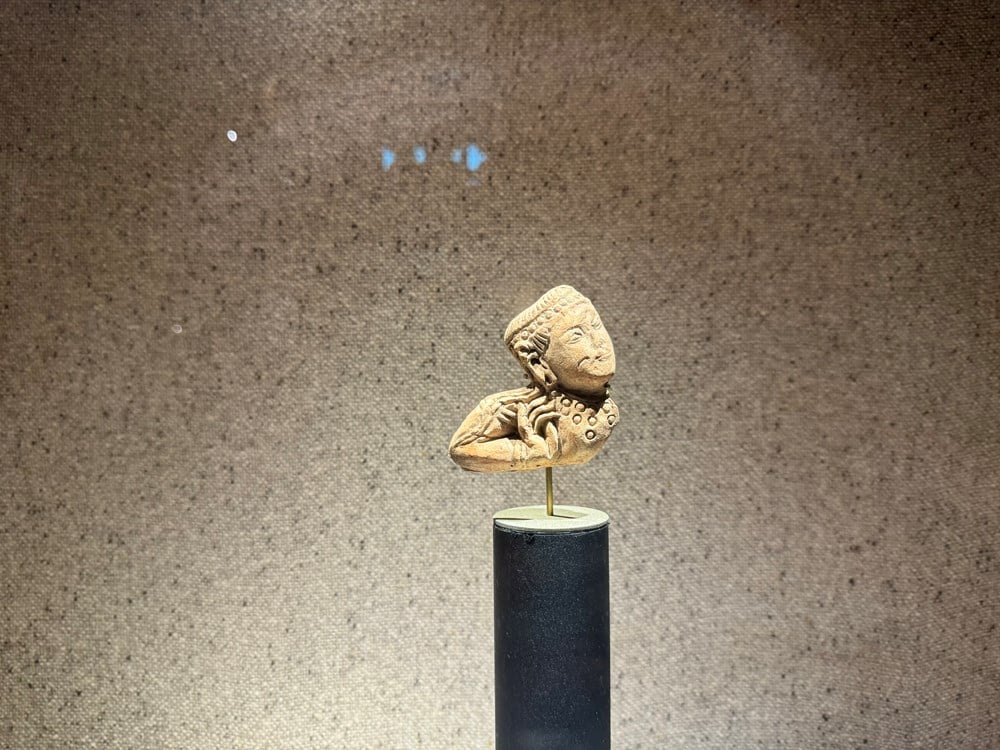
Through the use of digital technology, the exhibition aims to contribute to the restoration, regeneration and revival of extremely valuable cultural heritages, hoping to bring visitors new, deeper and more attractive experiences.
Thereby, helping the public understand more deeply and appreciate traditional cultural values, contributing to raising awareness of preserving and promoting national cultural values.
On display until July 2025.
Source: https://baovanhoa.vn/van-hoa/trinh-chieu-kho-bau-di-san-kien-truc-am-nhac-vu-dao-thoi-ly-bang-cong-nghe-135119.html








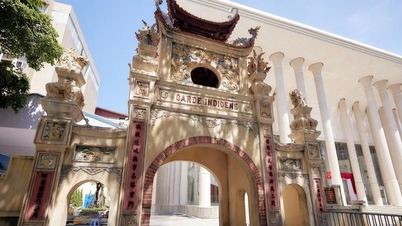

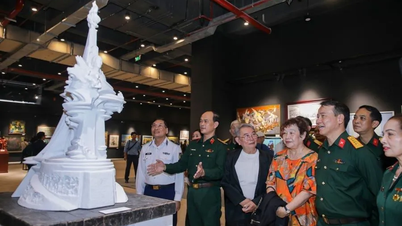


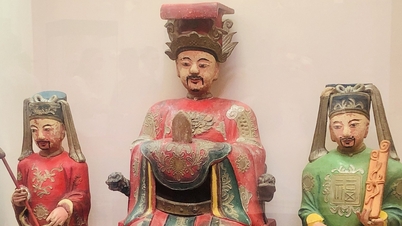
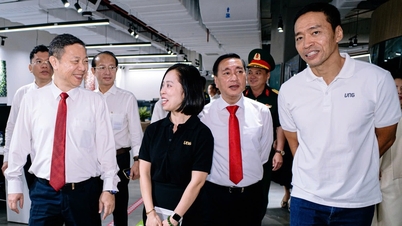

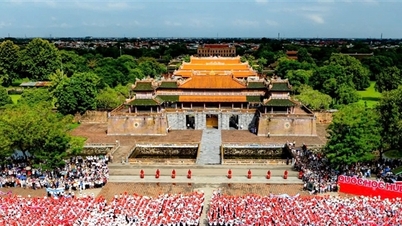

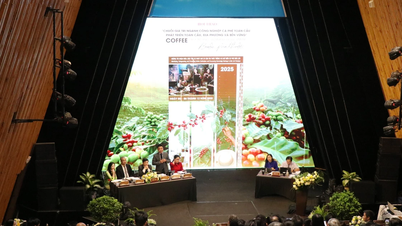

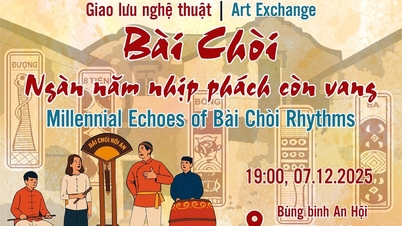
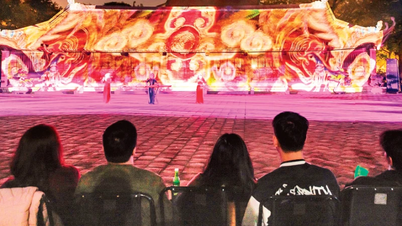

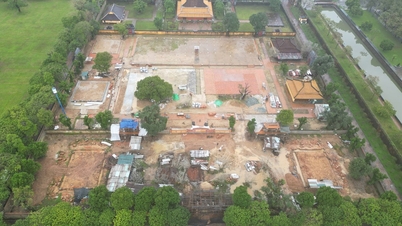
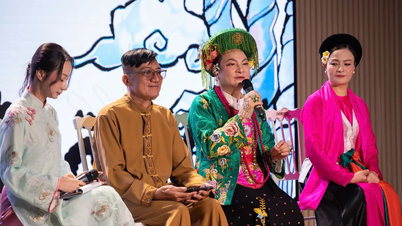







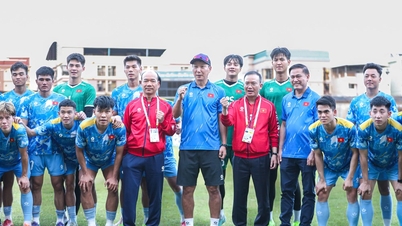

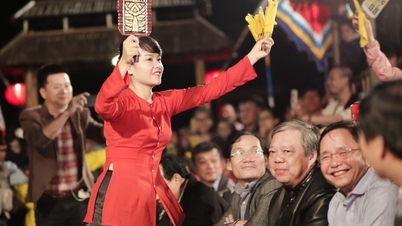
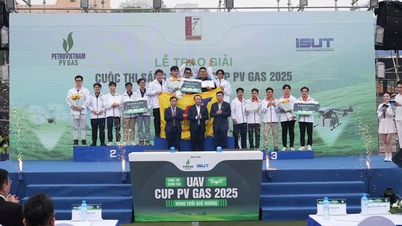
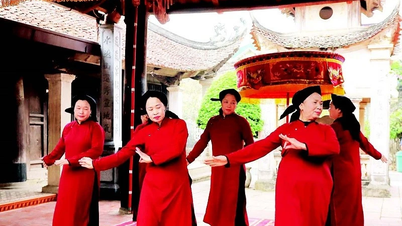
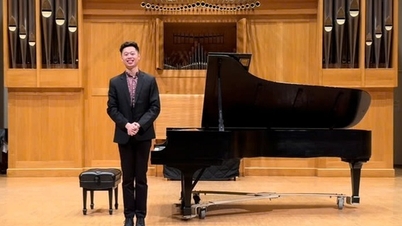

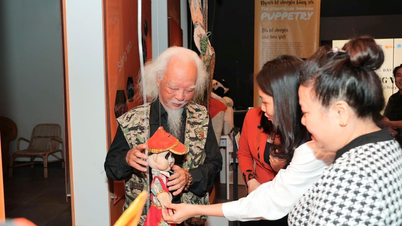

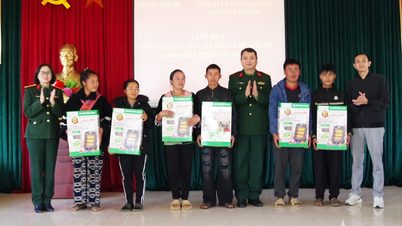
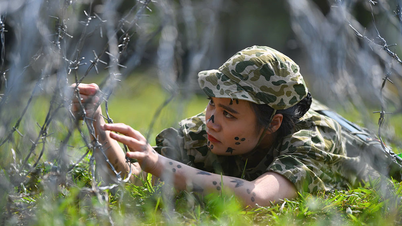



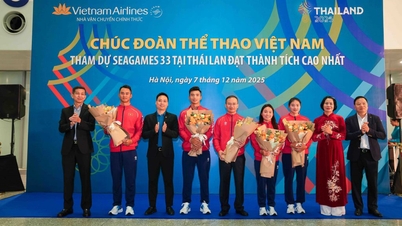


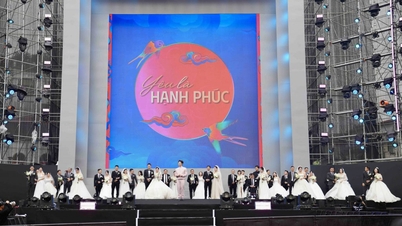

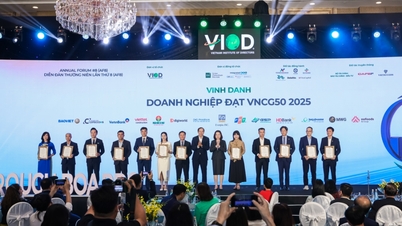







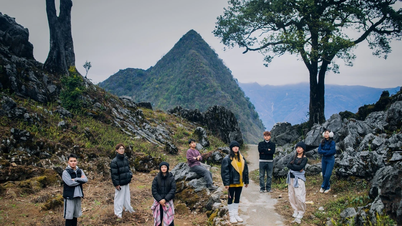
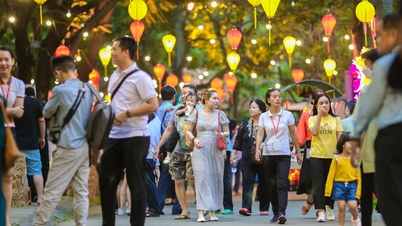


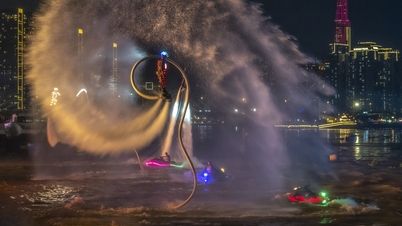
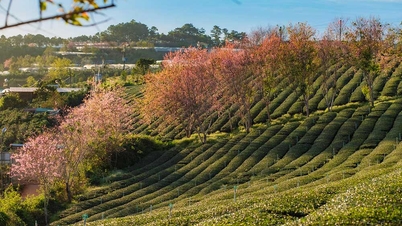

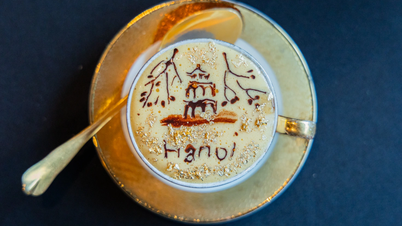



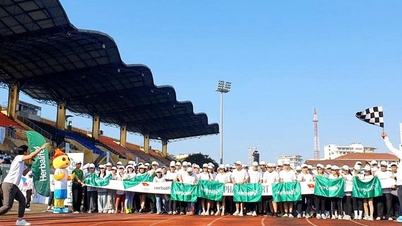
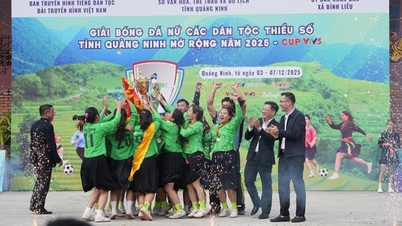
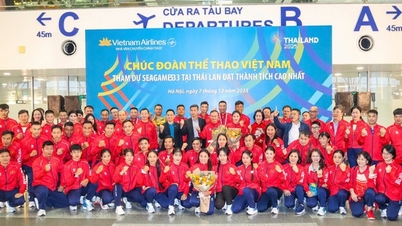
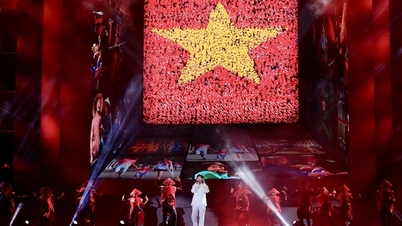


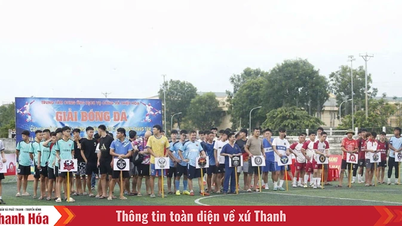



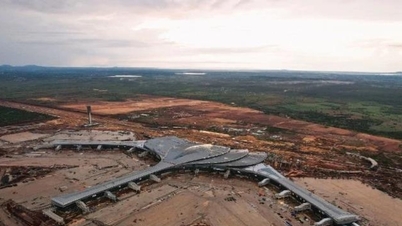

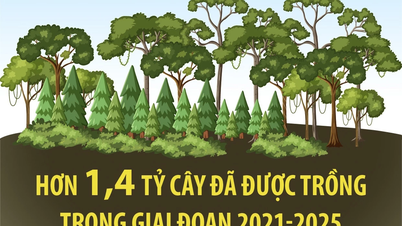

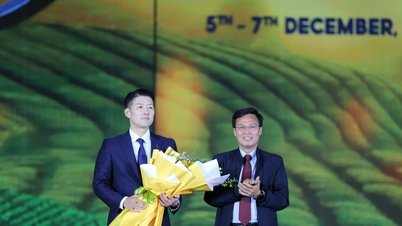


















Comment (0)